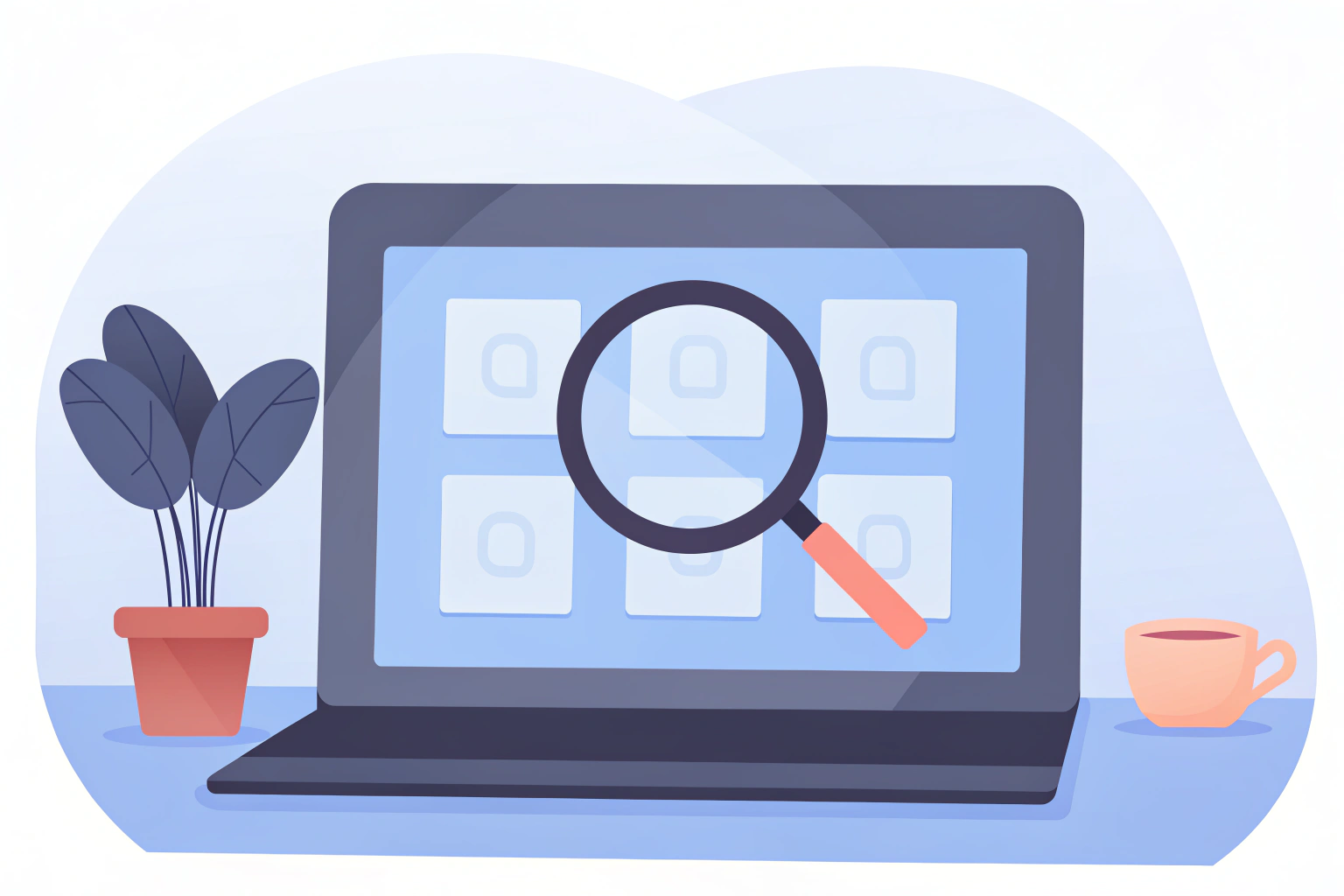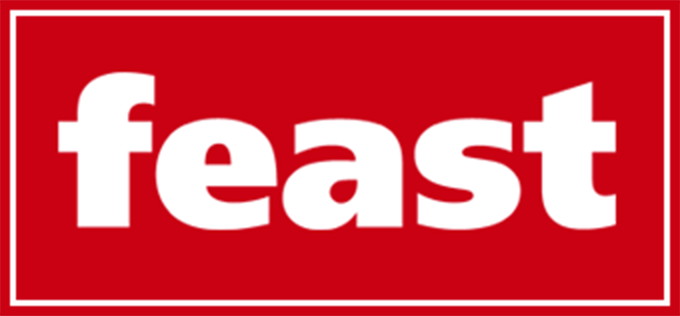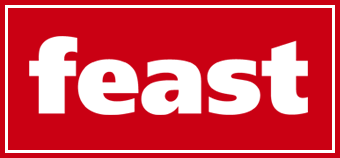Scalability is an essential principle in logo design that ensures your logo retains its clarity, impact, and identity regardless of its size. Whether your logo is displayed on a massive billboard or as a tiny social media icon, it needs to look just as sharp and recognizable. As businesses expand and increase their visibility across various platforms, scalability guarantees that your logo remains versatile and effective in all contexts.
By incorporating scalability into your logo design process, you ensure that your brand is represented consistently, without any compromises in visual quality. This article explores the importance of scalability, how it impacts brand identity, and tips for designing a logo that can stand the test of time and size.
What is logo scalability and how does it impact your brand?
Logo scalability refers to a logo’s ability to maintain its visual integrity and legibility, regardless of how large or small it appears. When considering different logo design ideas, it’s essential to ensure that the final design will look just as impressive on a business card as it does on a billboard or digital ad. The core principle here is that a logo needs to be adaptable to various mediums and sizes without losing its impact or becoming illegible.
A scalable logo plays a significant role in how a brand is perceived. A logo that doesn’t scale well can appear distorted, unclear, or pixelated when resized, negatively affecting the credibility and trustworthiness of the brand. In contrast, a scalable logo enhances brand recognition, contributing to a strong and professional visual identity across all platforms.
How to ensure your logo remains legible at all sizes
Creating a logo that remains legible and impactful at any size requires careful consideration of several key design principles. Here are some best practices to ensure your logo maintains its clarity and effectiveness across different applications:
Simplicity: A simple design is easier to scale and remains recognizable, even when reduced to a small size. Avoid intricate details that might become lost when the logo is resized.
Use of vector graphics: Vector graphics are crucial for scalability because they can be resized without any loss of quality. This allows your logo to maintain crisp edges and clarity in any size.
Choosing appropriate typography: The fonts used in your logo should be clear and legible, even at smaller sizes. Avoid overly decorative fonts that can become hard to read when the logo is scaled down.
Iconography: If your logo includes an icon, ensure that it is straightforward and not overly complex. Simple, geometric shapes tend to perform better at smaller sizes, where finer details can be lost.
Testing your logo at various sizes is also essential. Always check how it appears in different dimensions, both on digital screens and in print, to ensure it retains its legibility and brand recognition.
What are the challenges of designing a scalable logo?
Designing a logo that is both scalable and effective can present several challenges. One of the main difficulties is balancing complexity with simplicity. While you might want your logo to be intricate and detailed, this can negatively affect its scalability. Overly complex designs can become illegible when scaled down or lose their intended impact.
Another challenge is ensuring that your logo works well in different color schemes and contexts. Some logos might look fantastic on a website but fail to impress when printed on merchandise or promotional materials. Testing across various mediums is crucial to identify and address any issues early in the design process.
Finally, logo scalability may require making design sacrifices. Sometimes, minor adjustments are needed to ensure the logo works across all sizes and contexts. These adjustments could involve simplifying shapes, changing fonts, or eliminating certain elements without compromising the overall brand message.
Why vector graphics are essential for scalable logos

When designing a logo, using vector graphics is one of the most important decisions you can make for ensuring scalability. Unlike raster images, which are made up of pixels, vector graphics are composed of mathematical equations that define shapes and lines. This means they can be resized to any dimension without losing sharpness or clarity.
The primary advantage of vector files is that they are infinitely scalable. Whether your logo is enlarged to cover the side of a building or reduced to fit a tiny favicon on a website, it will retain its crisp edges and clear lines. In contrast, raster images (such as PNG or JPEG files) can become pixelated and blurry when resized, diminishing the logo’s visual quality.
Design software such as Adobe Illustrator or CorelDRAW is built around vector-based design, making it easier to create scalable logos. When your logo is created using vector graphics, it can be saved in various formats (e.g., SVG, EPS, AI) that preserve its scalability and quality across different applications.
How to test your logo’s scalability before finalizing your design
Once your logo is designed, it’s important to test its scalability to ensure it performs well in all contexts. Here’s a step-by-step guide on how to do it:
1. Test at various sizes: Start by testing your logo at different sizes to see how it looks both small and large. For example, check how it appears on a business card (small size) and a large billboard (large size). This will help identify any issues with legibility or detail loss.
2. Digital and print testing: Logos must be effective both online and offline. Test how your logo looks on digital screens (websites, mobile apps, social media icons) as well as in print (brochures, posters, merchandise). This ensures the logo works across various platforms and materials.
3. Feedback from others: Get feedback from your team, potential customers, or design professionals. They may spot issues that you missed, such as design elements that are unclear at small sizes or colors that don’t appear well on certain backgrounds.
4. File format testing: Test your logo in various file formats (e.g., SVG, EPS, PNG) to ensure that it performs well in all formats. Vector-based formats should be used to retain scalability, while raster images should be avoided for large-scale applications.
Once you’ve tested your logo at various sizes and formats, make any necessary adjustments to ensure that it retains its clarity, legibility, and brand identity. Remember, the goal is to create a logo that works seamlessly across a wide range of applications, from tiny favicons to large promotional banners.
Conclusion
Scalability is a key element in designing a successful logo that can grow with your brand. By focusing on simplicity, using vector graphics, and thoroughly testing your design, you can create a logo that is adaptable and effective at any size. This ensures that your brand maintains a professional, consistent image across all platforms and media, solidifying your brand’s presence and recognition.
This article was prepared by the experts at Turbologo.



